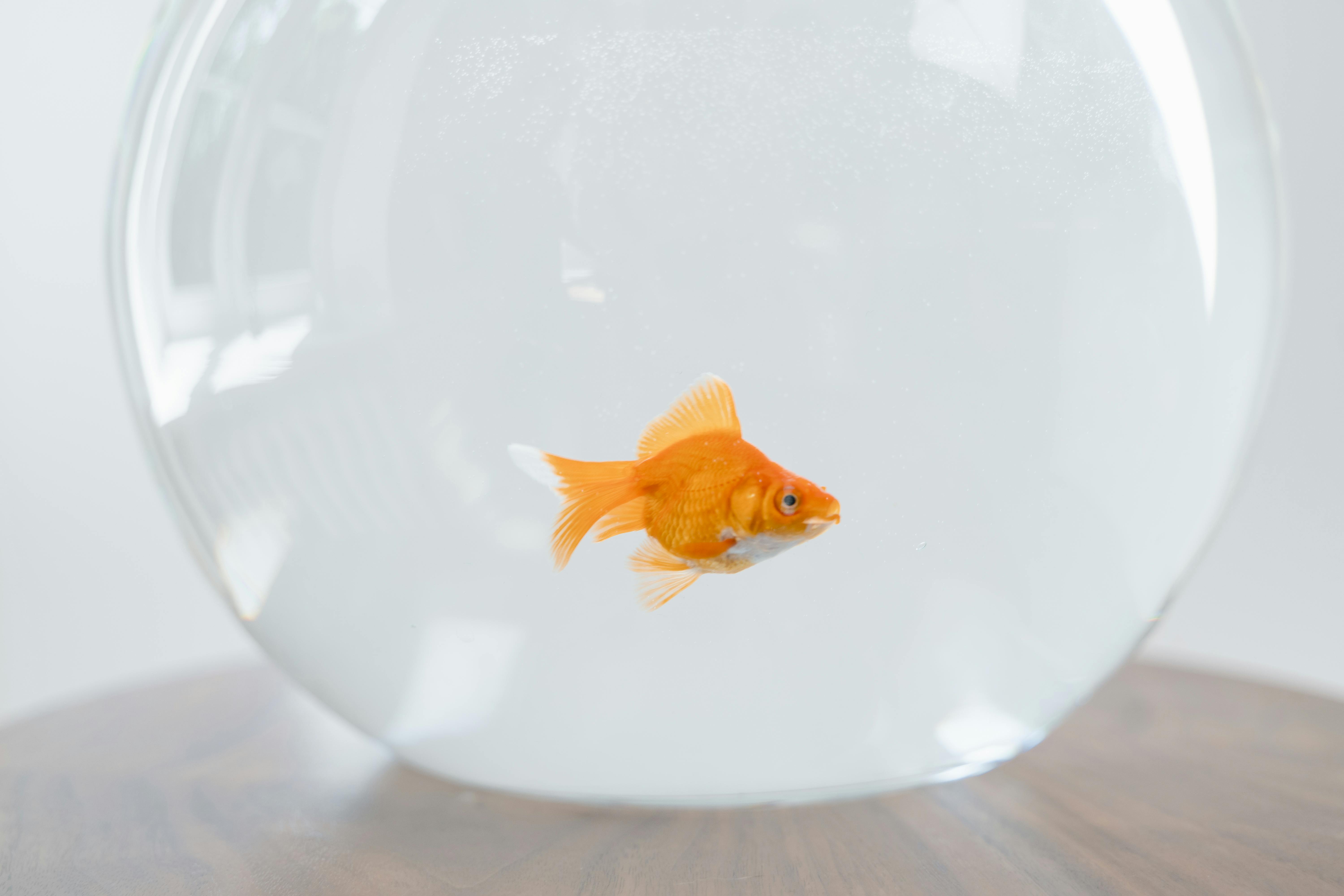
Best 5 Tank Sizes for Guppies to Consider in 2025
When setting up a home for guppies, their tank size is a critical factor to consider. Guppies are lively, colorful fish that thrive in environments that meet their needs for space, water quality, and comfort. The perfect tank size not only enhances their health and well-being but also promotes their social behaviors and breeding capabilities. This article will cover the best tank sizes for guppies in 2025, exploring suitable dimensions, ideal conditions for guppy care, and installation tips for a successful aquarium setup.
As guppy enthusiasts know, the ideal guppy tank size depends on various factors including the number of fish, their compatibility with tank mates, and the upkeep of water parameters. Understanding these elements will guide you to choose the best tank for your guppies, whether you're looking for a small guppy aquarium or a larger breeding setup.
Understanding Guppy Tank Size Requirements
Before diving into the specifics of tank sizes, it’s essential to grasp the general guppy tank requirements. Guppies are small fish, but they need adequate space to swim freely and thrive within their aquatic environment. One of the most common misconceptions is thinking a smaller tank suffices. In reality, a well-sized tank contributes to better water quality, reduced stress among fish, and improved breeding success.
The Minimum Tank Size for Guppies
Generally, the minimum tank size for guppies is suggested to be around 10 gallons, especially for a small group of three to five fish. A larger tank allows for better filtration and water stability, greatly improving the conditions for guppy health and longevity. In essence, this size offers enough space for swimming while reducing the frequency of water changes and maintenance.
Ideal Tank Size for Breeding Guppies
When it comes to breeding, having the right guppy breeding tank size is crucial. A tank size of at least 20 gallons is recommended to provide sufficient room for growing fry and preventing overcrowding. This allows for a safe environment where mothers can give birth and fry can mature without immediate predation by adults. Water conditions in a larger tank are also easier to maintain.
Guppy Fry Tank Size Considerations
For guppy fry, a specialized tank might range from 5 to 10 gallons, which ensures that the young fish can thrive without the risk of being eaten. The tank size for guppy fry should include soft substrate, plants, and appropriate hiding spots where fry can escape larger fish. Keeping these fry in a separate nursery tank allows for better management of their growth and health.
These tank sizes offer broader flexibility when planning your guppy fish habitat. Knowing about the common fish species or tank mates that can coexist with guppies is beneficial in planning a mixed tank setup, adding to their environment and social behaviors. Next, let's explore some practical tips for creating a functional guppy aquarium setup.
Best Practices for Guppy Aquarium Setup
Once you've chosen the ideal tank size, the next step is setting up the guppy aquarium to ensure a comfortable and stimulating habitat. Following best practices will help you successively create an optimal environment for your guppies.
Choosing the Right Tank Shape
The shape of the tank can impact the fish's behavior. Long and tall tanks can provide more swimming space, while short and wide tanks can detrimentally affect water quality and fish movement. Choosing the right guppy tank shape should prioritize horizontal space to allow for swimming and schooling behavior, which is vital for guppy happiness.
Guppy Tank Filtration and Water Quality
Effective guppy tank filtration is essential for maintaining clean water and good water quality parameters. A filter that promotes circulation while preventing strong currents is ideal since guppies could struggle against fast-moving water. Regular monitoring of ammonia levels, temperature, and nitrate levels is crucial in keeping your guppy tank healthy.
Creating a Suitable Guppy Habitat
Incorporating plants and other decorations helps foster a well-rounded guppy habitat needs. Live plants not only improve aesthetics but also provide oxygen and hiding places for guppies. Understanding the best plants for guppy tanks can improve your tank's ecosystem significantly. Choose from plants like Java moss, Anubias, or Hornwort that are easy to maintain and beneficial for water quality.
After laying down the fundamentals for your guppy aquarium setup, it’s time to consider regular maintenance, which significantly impacts the quality of life for your fish. We'll look at how to successfully maintain a guppy tank in the following section.
Effective Techniques for Guppy Tank Maintenance
Routine care for your guppy tank enhances the longevity of your setup and provides a conducive environment for guppies to thrive. Here are effective methods to keep your guppy habitat in prime condition.
Cleaning Your Guppy Tank Properly
Cleaning is crucial in preventing algae buildup and maintaining good water quality. Use gravel vacuums to remove debris from the substrate, and partial water changes (around 25% every week) help maintain water conditions. Knowing the guppy tank cleaning techniques will aid in establishing a maintenance schedule that suits your needs.
Monitoring Water Parameters
Monitoring water parameters, including pH, temperature, and ammonia levels, is crucial. Ideal conditions for guppies require a slightly alkaline pH between 6.8 to 7.8, a temperature range of 72-82°F, and minimal ammonia presence. A guppy tank volume can change these parameters rapidly, requiring diligent testing for consistent results.
Establishing a Tank Cycling Process
The process of guppy tank cycling is essential before introducing new fish. This helps develop beneficial bacteria within the tank that convert harmful waste into safer substances. Cycling can take several weeks and ensures a stable environment for your guppies, setting the foundation for a successful aquarium.
In conclusion, selecting the best tank size for guppies, implementing appropriate setups, and adhering to effective maintenance practices will ensure a thriving environment for your guppy fish. Understanding these principles allows aquarists to foster a beautiful aquatic ecosystem that benefits not only the fish but also enhances the enjoyment of aquarium keeping.